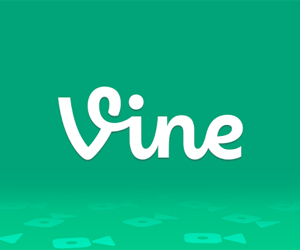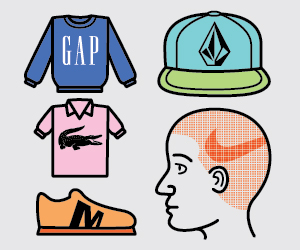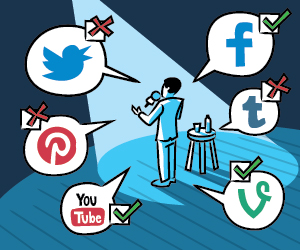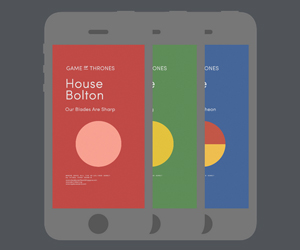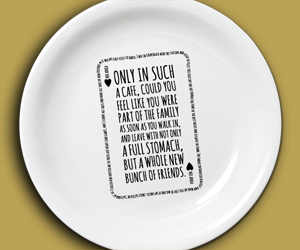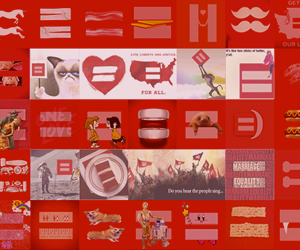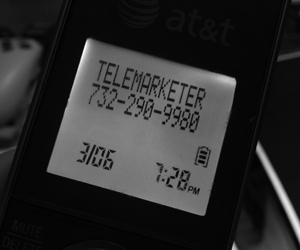
Why Telemarketers are the Worst Brand Storytellers
There’s a certain feeling I get, and I’m sure we all get, when I answer the telephone and am greeted by a telemarketer. There are a few feelings, actually. Sort of like the five stages of grief.
First, I feel a bit foolish, as if I’d been tricked into picking up the phone. This is especially true when it’s a number I don’t recognize yet I answer anyway on the off chance that it’s an emergency. From there I get impatient. I have no idea how long this person wants to keep me on the phone and I immediately start thinking about all the other things I have to do instead of listen to their sales pitch. Surprisingly, I then feel empathetic, since I too am a marketer (albeit one with a very different approach to sales) and wouldn’t want someone hanging up on me while I’m just doing my job. It isn’t long before I become angry, having been interrupted by an unwelcomed marketer of a product I surely don’t need. If they won’t let me get a word in edgewise, after trying to politely say “Thanks but no thanks” I will hang up.
That’s one end of the spectrum—the absolute worst way to be sold a product or service.
Editor's picks
- Casinos Not On Gamstop
- Best Non Gamstop Casinos UK
- Best Non Gamstop Casinos In The UK
- Casinos Not On Gamstop
- Casino Not On Gamstop
- Non Gamstop Casino Sites UK
- Slots Not On Gamstop
- Online Casino Canada
- Non Gamstop Casino UK
- カジノ オンライン
- Casino Not On Gamstop
- Casino Sites Not On Gamstop
- Casino Sites Not On Gamstop
- Sites Not On Gamstop
- Casinos Not On Gamstop
- Meilleur Casino En Ligne
- UK Online Casinos Not On Gamstop
- Online Casinos
- Non Gamstop Casinos
- Casino Not On Gamstop
- Best Online Casinos UK
- Meilleur Casino En Ligne Avis
- Casinos Not On Gamstop
- Sports Betting Sites Not On Gamstop
- Casino Non Aams

